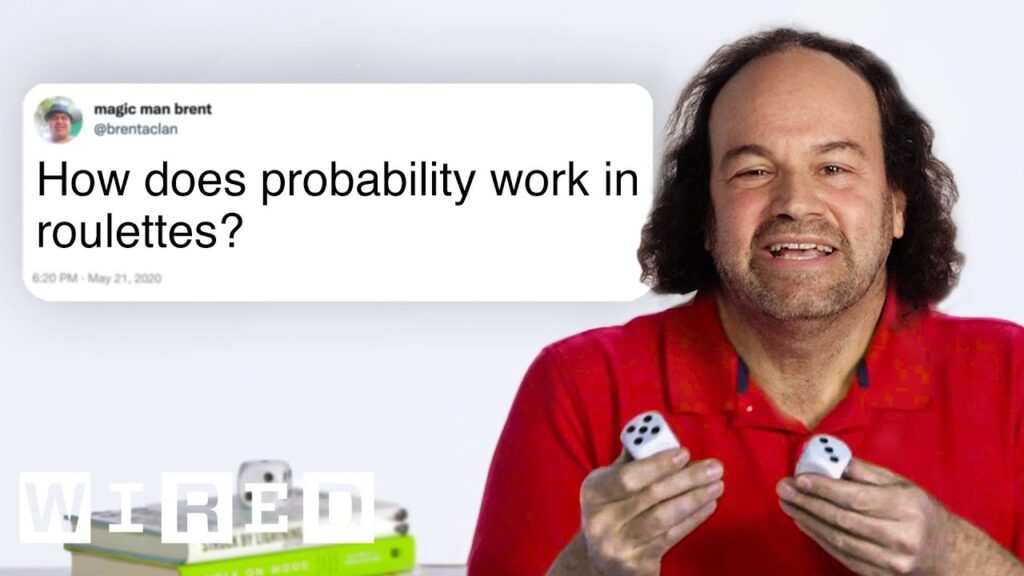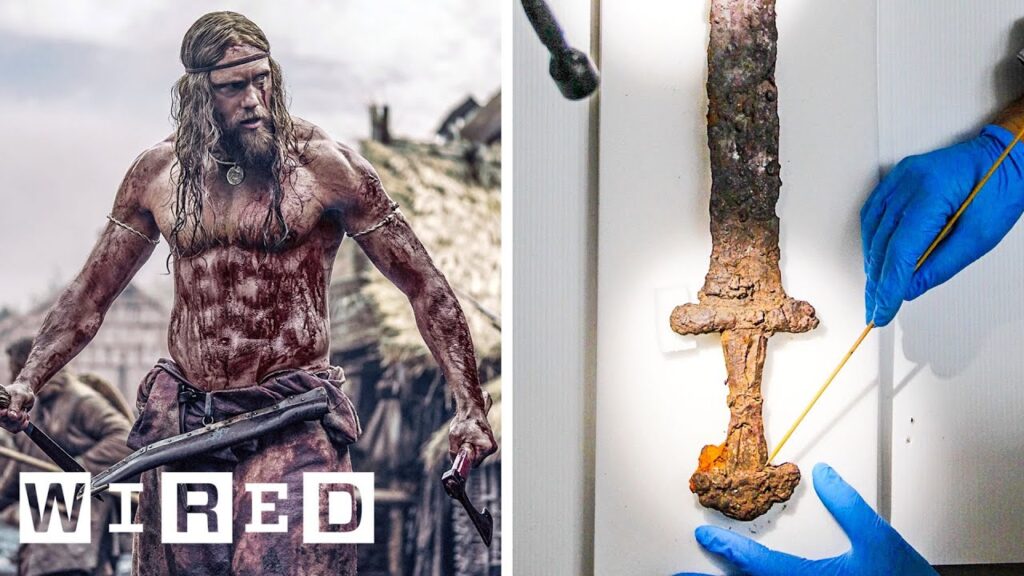Forensic Analysis: Breaking Down Crime Scene Clips
Summary
In this article, we delve into the world of forensic analysis with Matthew Steiner, a senior crime scene analyst with over 22 years of experience. Steiner breaks down crime scene clips from movies and TV shows and discusses various aspects of the scenes. He talks about the process of fingerprinting a body, identifying transient evidence, and the use of technology in forensic analysis.
Table of Contents
- Victim’s Injuries and Fingerprinting
- Transient Evidence and Sherlock Holmes
- Technology in Forensic Analysis
- Supernatural Beliefs and Horses
- Stab Wound Analysis
Victim’s Injuries and Fingerprinting
Steiner discusses the victim’s injuries in a crime scene clip and how they are indicative of a contact gunshot wound. He also talks about the process of fingerprinting a body and how it is easier to do when the body is turned over. The speaker notes the challenges of estimating the height of an attacker based on wound path and the depth of penetration.
Transient Evidence and Sherlock Holmes
The importance of noticing transient evidence, such as melting ice in a glass, is discussed. Steiner also talks about Sherlock Holmes and how the author of the series, Arthur Conan Doyle, was a doctor and a scientist who influenced the field of forensic science. Deductive reasoning is highlighted as a key tool in solving cases.
Technology in Forensic Analysis
The use of 3D laser scanners and imaging to document and reconstruct crime scenes is highlighted. Steiner notes that this technology is useful for later use in training and presenting evidence to juries. The traditional method of using dental molds to match bite marks is questioned due to inconsistencies between experts. The use of software in analyzing bite marks is discussed, but the speaker notes that it is not always reliable.
Supernatural Beliefs and Horses
The speaker notes that evidence of supernatural beliefs and superstitions can sometimes be found at crime scenes, but they have never experienced a haunted crime scene themselves. The use of horses to approach a crime scene is criticized, as it could potentially destroy evidence.
Stab Wound Analysis
The analysis of a stab wound angle is criticized as “complete horse sh*t.” The importance of documenting evidence and avoiding contamination is emphasized, as it can make or break a case.
Conclusion
Forensic analysis is a complex and challenging field, but it plays a crucial role in solving crimes and bringing justice to victims. With the use of technology and deductive reasoning, crime scene analysts can piece together evidence and solve even the most challenging cases.







